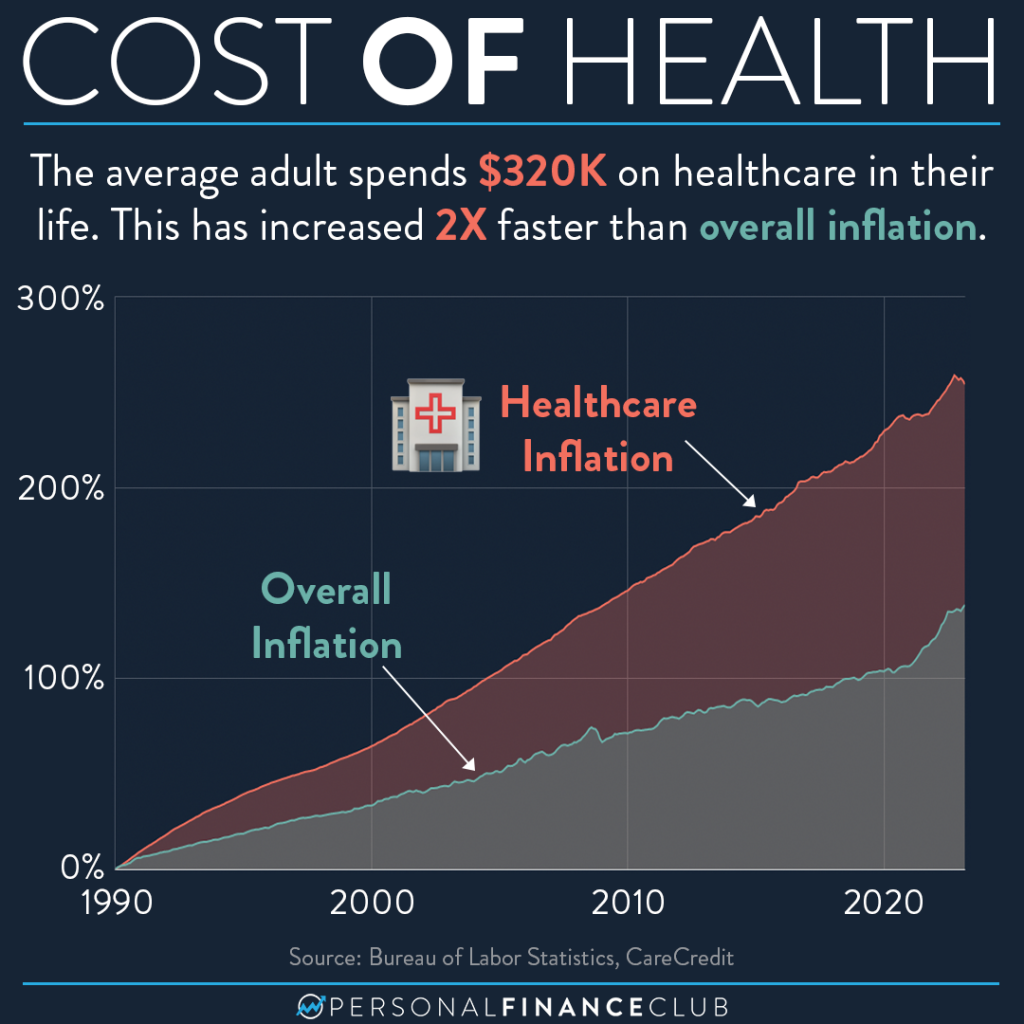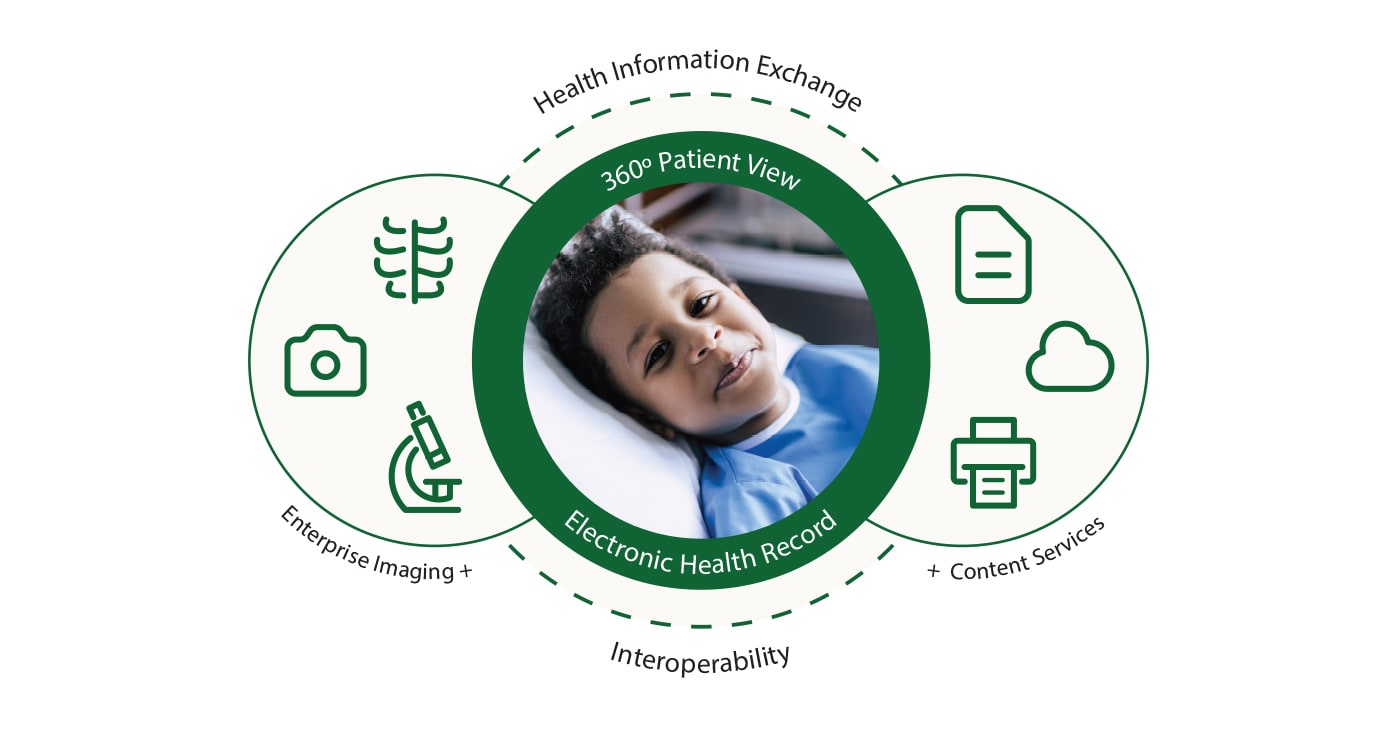Healthcare RCM Services for Reliable Earnings Cycle Monitoring
A Comprehensive Overview on How Medical Care RCM Functions to Simplify Invoicing and Collections
Navigating the intricacies of medical care earnings cycle administration (RCM) is critical for providers intending to improve their payment and collections procedures. The overview unboxes the ins and outs of RCM, from client registration to receivables monitoring, supplying insights right into enhancing each action. Integrating innovative innovation and standardized procedures can significantly reduce case rejections and accelerate repayment cycles. Yet, the real difficulty exists in perfectly combining these elements to increase money circulation. As we check out the core components and strategies that drive efficiency, one inquiry stays: just how can healthcare entities finest placement themselves to thrive economically in an ever-evolving industry?
Comprehending Profits Cycle Management
RCM is a crucial administrative feature that incorporates the entire financial procedure of person treatment, from the initial consultation establishing to the final settlement of the equilibrium. It is an intricate treatment developed to identify, gather, and manage the earnings from the services given to individuals.
The RCM process begins when a person routines an appointment and expands through the person's care trip, including billing and collections. An essential purpose is to lower the time in between supplying a service and getting repayment, hence enhancing the organization's financial health and wellness. RCM entails different features such as person registration, insurance confirmation, charge capture, coding, asserts submission, repayment uploading, and managing rejections and appeals.
Key Parts of RCM
In the world of Profits Cycle Management (RCM), recognizing its key elements is basic to achieving economic performance within healthcare companies. RCM is an extensive procedure that incorporates different phases, each crucial to making certain reliable invoicing and collections. The key components include person enrollment, insurance verification, fee capture, coding, insurance claim submission, repayment uploading, and receivable administration.


Once coded, insurance claims are sent to payers, where precision is vital to stay clear of hold-ups or rejections - Healthcare RCM. Payment posting includes tape-recording the gotten repayments, which permits for the reconciliation of accounts. Last but not least, receivables monitoring concentrates on tracking and attending to overdue cases, ensuring prompt follow-up and resolution
Each part of RCM is adjoined, and ineffectiveness in any type of part can disrupt the whole cycle. As a result, understanding these aspects is crucial for doctor to enhance income and enhance their financial health.
Approaches for Reliable Payment

Systematizing billing procedures throughout the organization is another crucial method. Establishing clear guidelines for documents, coding, and submission assists maintain uniformity and compliance with governing demands. Training team on a regular basis on these procedures guarantees everyone is current with the current changes in payment codes and payer plans.
Accurate charge capture is important in avoiding revenue leak. Carrying out routine audits and monitoring systems permits the identification and correction of discrepancies prior to they affect revenue. In addition, preserving open lines of interaction with payers assists to swiftly fix any type of disagreements or misconceptions that might arise.

Finally, interesting people early in the payment procedure by supplying clear quotes and academic materials regarding their monetary duties can dramatically lower complication and improve payment timeliness. These strategies jointly add to a much more efficient and financially healthy and balanced invoicing system.
Enhancing Collections Processes
Given the complexities of clinical payment and the range of payer requirements, enhancing the collections process entails useful site executing calculated actions that ensure timely and exact settlement of solutions made. Automation tools can help in tracking insurance claim conditions, sending timely tips to individuals, and taking care of denials a lot more properly.
Clear and transparent patient interactions are critical. Giving detailed explanations of costs and using flexible settlement strategies can boost client satisfaction and timely repayments.
Normal audits of the collections procedure should be carried out to identify locations for enhancement and ensure conformity with guidelines. By evaluating information, health care companies can determine trends, prepare for potential problems, and adapt approaches appropriately (Healthcare RCM). Inevitably, a well-enhanced collections process not just sustains monetary wellness but likewise contributes to an extra seamless experience for individuals and staff alike
Optimizing Profits Streams
Building upon the structure of a solid collections process, healthcare companies can click here for info better reinforce their economic security by tactically maximizing income streams. This includes a multi-faceted strategy, beginning with a comprehensive analysis of existing income resources to recognize inadequacies and locations for growth. Employing innovative data analytics devices allows organizations to gain insights right into payer mix, person demographics, and solution use patterns, allowing for data-driven decisions that improve profits capture.
Carrying out automated payment systems can dramatically lower mistakes and expedite insurance claims refining, making certain that revenue is collected much more successfully. Furthermore, enhancing payer agreements with routine settlements can enhance reimbursement prices and terms, straight affecting the bottom line. Diversifying service offerings, such as incorporating telehealth or wellness programs, can also attract a broader client base, thus increasing revenue possibility.
An additional crucial component is enhancing patient interaction and complete satisfaction, as satisfied people are most likely to stick to treatment strategies and make prompt payments. Offering flexible payment alternatives and transparent billing practices can improve collections and foster person commitment. Healthcare RCM. By adopting these strategies, healthcare organizations can develop a much more resilient economic framework, ensuring continual growth and security in an ever-changing market landscape
Final Thought
In conclusion, medical care Income Cycle Administration (RCM) plays a crucial duty in optimizing payment and collections processes by integrating key parts such as client enrollment, insurance policy confirmation, charge capture, coding, asserts submission, and receivable monitoring. By utilizing advanced innovation, systematizing treatments, and fostering individual engagement, doctor can substantially reduce insurance claim rejections, accelerate repayment cycles, and enhance money circulation. This detailed strategy to RCM eventually causes improved monetary performance and sustainability for health care companies.
The RCM procedure begins when an individual timetables a visit and prolongs through the individual's care trip, consisting of billing and collections.One more critical component is improving person involvement and fulfillment, as completely satisfied patients are much more most likely to adhere to treatment plans and make timely payments. Offering flexible payment choices and clear invoicing methods can boost collections and foster patient commitment.In final thought, healthcare Income Cycle Monitoring (RCM) plays an important duty in maximizing Resources payment and collections procedures by incorporating crucial elements such as individual registration, insurance coverage confirmation, charge capture, coding, claims entry, and accounts receivable monitoring. By employing innovative modern technology, systematizing treatments, and promoting client interaction, health care carriers can dramatically decrease insurance claim denials, increase settlement cycles, and boost cash money circulation.